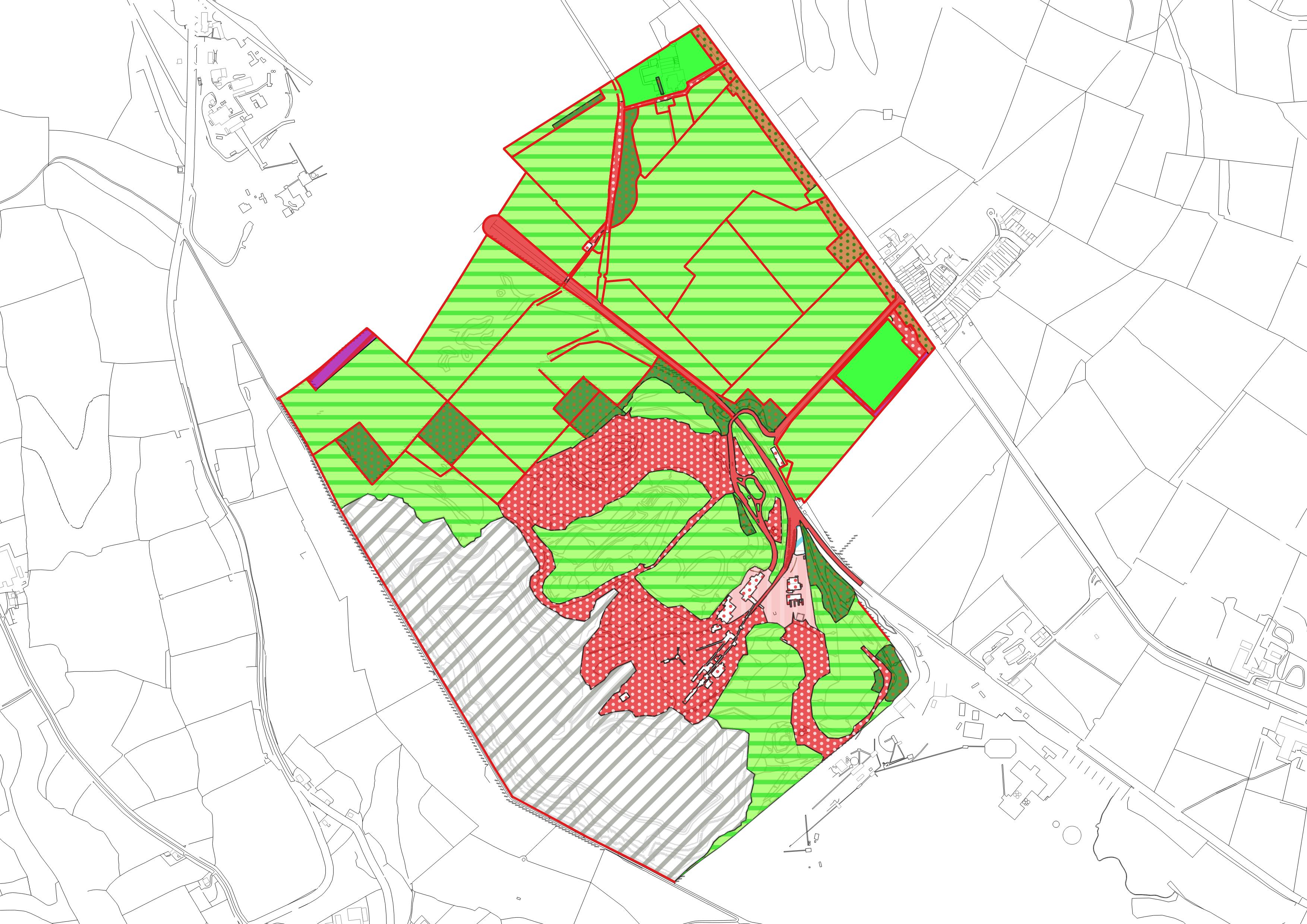Biodiversity net gain has been around for several years, although depending on where in the country you live you may never have heard of it. However, with changes planned within the new Environment Bill, which require mandatory 10% net gain on most developments, the term ‘Biodiversity Net Gain’ and the process of calculating net gain will become a regular consideration during planning applications.
What is Biodiversity Net Gain?
Net gain is an approach to development that aims to leave biodiversity in a better state following the development. It encourages developers that are having an impact on biodiversity to provide an increase in appropriate natural habitats and ecological features. The aim of biodiversity offsetting is to halt the loss of biodiversity through development and restore ecological networks.
How is it calculated?
Net gain is calculated using a metric, typically the DEFRA Metric, although other metrics are currently available. The metric will turn the habitats on the site, both pre and post development, into biodiversity units, which can then be used to calculate the overall change in biodiversity caused by the development.
Following an initial Preliminary Ecological Appraisal (PEA) of the site the baseline units are calculated by inputting the habitats, their areas, conditions, connectivity and spatial importance into the metric.

Once the baseline units have been calculated the post development units can be input into the metric, identifying the existing habitats that will be lost to the development and the habitats that will be created and enhanced as part of the development. This will give a figure for the post development biodiversity units, and subsequently give you your offset.
The development plans can then be tweaked, if required, to ensure that the overall change in units achieves the required net gain, usually 10%.
What if I can’t achieve 10% net gain on site?
Where possible net gain should be achieved on site, although in some cases it is accepted that this won’t be possible. Where this is the case units can be achieved through off site compensation. This will need to be agreed with the local authority and should aim to provide the units in the same local area as the development site.
The units can be achieved in several ways, such as making agreements with the LPA or local organisation who can provide offsetting units, at a specified cost per unit, or by purchasing additional land outside the development footprint with the specific reason being to provide offsetting for the main development site.
What about other issues, like protected species?
Biodiversity net gain must be considered separate to all other planning considerations, including other ecological factors, such as protected species.
What happens next?
Once the 10% gain has been agreed, this will most likely be secured through a planning condition or S106 agreement and there is expected to be a requirement to demonstrate management and monitoring for the lifetime of the scheme, or a minimum of 30 years. How this will be implemented is at the discretion of the LPA policy and guidance.
Where can I get help and advice?
Getting an experienced ecologist involved early in the planning process is essential and will make the process of achieving net gain less complicated and time consuming. The ecologist will be able to advise on all stages of the process and provide advice on the most realistic ways of including suitable habitats in the finalised design for the site.
The ecologist should also be aware of common pitfalls within the biodiversity offsetting process, ensuring that the calculations, designs and habitat creation agreed at the early stages of the planning process are suitable to be carried through the whole process.
